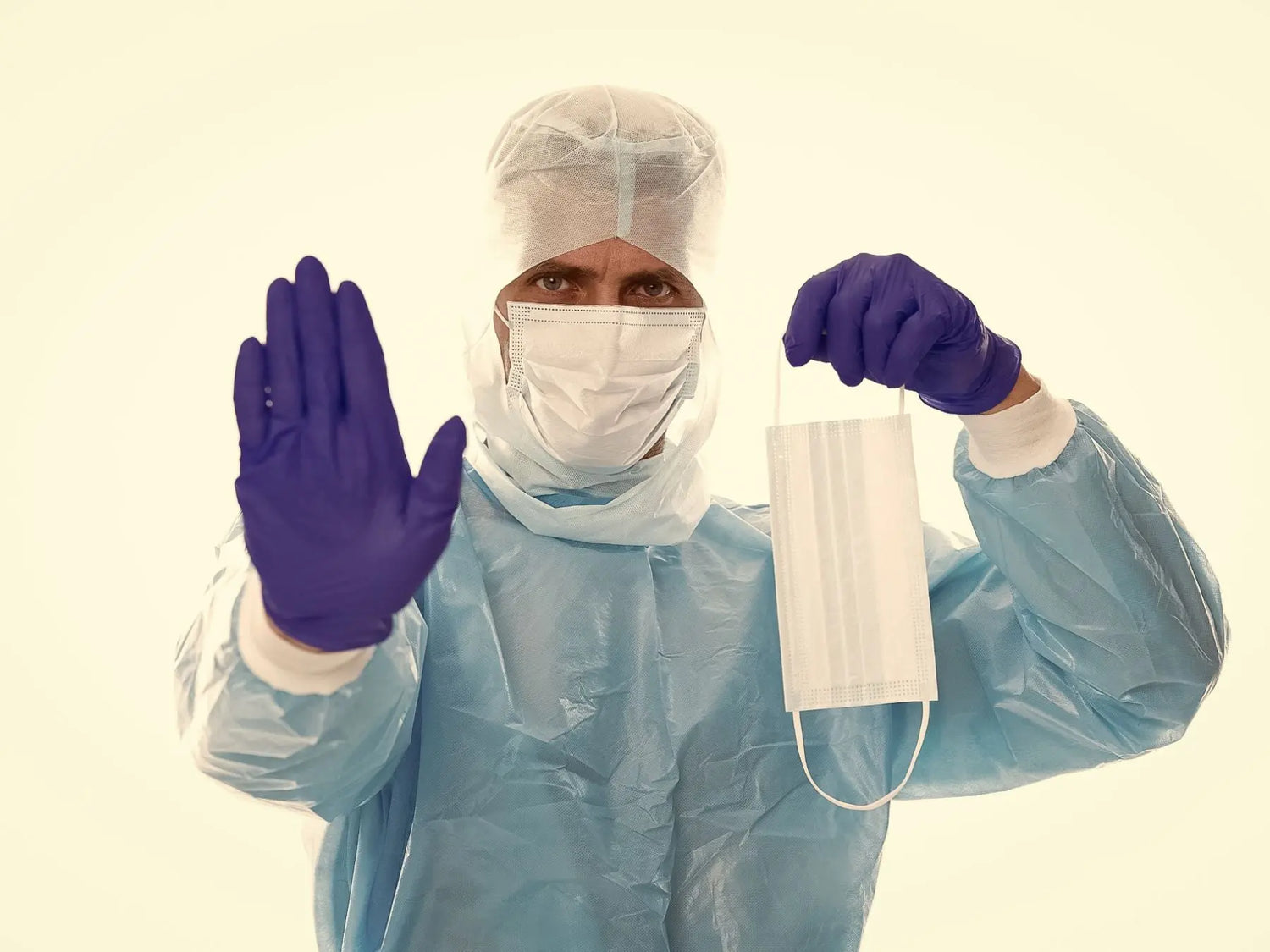Comprehending COVID-19 Transmission
The Basic Transmission Mechanism
COVID-19, caused by the SARS-CoV-2 virus, primarily spreads among individuals in close proximity to each other, typically within conversational range. The virus escapes from the infected person's mouth or nose through tiny liquid particles when they cough, sneeze, talk, sing, or breathe. These infectious particles, either inhaled by others in close range or coming into direct contact with their eyes, nose, or mouth, result in the virus's transmission.
The Notion of Airborne Transmission
The concept of airborne transmission revolves around the idea of the virus spreading via aerosols. Unlike large droplets that fall to the ground quickly, aerosols, which are tiny droplets or particles suspended in the air, can linger for hours, potentially enabling the virus to spread over greater distances.
The Debate Around Airborne Transmission
While the World Health Organization initially suggested that the virus primarily spreads through droplets emitted by coughing or sneezing, a group of 239 scientists from 32 countries challenged this view. They proposed that the coronavirus is airborne, with the primary route of transmission being water micro-particles carrying the virus, floating and diffusing in the air for several hours. However, this perspective has been met with skepticism, with some experts citing insufficient evidence to support this assertion.
Factors That Influence Transmission
Environmental Factors
Various factors can significantly influence the potential for airborne transmission of COVID-19. Being indoors rather than outdoors, particularly in poorly ventilated indoor spaces, can increase the risk of infection. Activities that result in an increased emission of respiratory fluids, such as speaking loudly, singing, or exercising, also pose a higher risk.
Duration of Exposure
The length of exposure to an infected individual also plays a crucial role in airborne transmission. Prolonged exposure times, typically longer than a few minutes, can significantly increase the risk of infection.
Crowded Spaces and Inadequate Mask Use
Crowded spaces, especially where face coverings are inconsistently or improperly worn, pose a higher risk for the spread of the virus. It's particularly important to wear a well-fitting three-layer mask, especially when physical distancing isn't possible or when indoors.
The Role of Aerosols in Transmission
Understanding Aerosols
Aerosols, also known as micro-droplets, are minute particles of saliva that we project when we speak. Their microscopic size allows them to suspend in the air for extended periods, and these aerosols may contain viral particles.
Evidence of Aerosol Transmission
A study published by the PNAS in May suggested that airborne transmission might be a significant contributor to the infection surge observed before mandatory mask use was introduced in many countries. The study highlighted that in a closed environment, virus-carrying aerosols accumulate easily, facilitating transmission.
The Impact of Air Pollution on Transmission
Fine particles as a Virus Carrier
Fine particles in the air can act as a carrier for the virus, allowing it to remain suspended for longer periods. However, the concentration of virus-laden fine particles is believed to represent a small part of transmission.
Air Pollution and Increased Mortality
Air pollution, especially high concentrations of nitrogen dioxide, can be particularly significant in the context of respiratory tract infections. A study conducted in the United States in November 2020 suggested that a slight increase in long-term exposure to PM2.5 would lead to a sharp increase in the COVID-19-related mortality rate.
Ways to Mitigate Airborne Transmission
Implementing a Layered Approach
While improvements to ventilation and air cleaning cannot eliminate the risk of airborne transmission of the SARS-CoV-2 virus on their own, they are important components of a broader strategy that may include physical distancing, wearing masks, surface cleaning, handwashing, and other precautions.
Following Local Guidance
It's important to follow local guidance, keep a safe distance from others, avoid crowded places, and ensure proper ventilation when indoors.
Regular Cleaning and Hand Hygiene
Regularly cleaning surfaces with standard disinfectants and maintaining good hand hygiene by frequently washing hands with soap and water or using an alcohol-based hand rub can also reduce the risk of transmission.
In conclusion, the possibility of COVID-19 being airborne has serious implications for the preventive measures needed to curb its spread. As the scientific community continues to explore this aspect, it is crucial for everyone to adhere to the recommended protective measures, including wearing masks, maintaining physical distance, and ensuring good hand hygiene.










